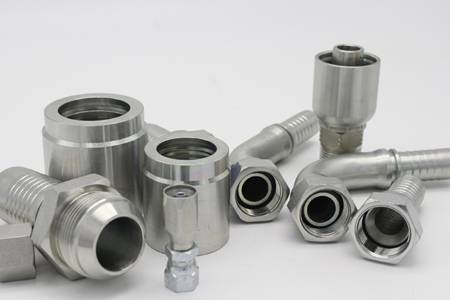.jpg)
Stainless steel Quick Couplings In the cable connection, one end of the stainless steel Quick Couplings is usually a plug-in socket of a different style, and the other end of the connection requires a relative equipment power plug, which can quickly complete the insertion work. This is because it has the advantages of compact structure, small size, light weight, high pressure resistance, and good interchangeability. It is a pipe joint that can be easily disassembled without special tools, and is especially suitable for pipelines that must be disassembled frequently. Compared with ordinary stainless steel joints, it has stronger coordination ability, applicability and safety factor, and saves time and effort in application. It can be detached and connected by pressing the button with one hand.

In addition to stainless steel, the raw materials used for stainless steel quick couplings also include copper, aluminum alloy profiles and other materials. Even more because of the difference in these materials, stainless steel quick couplings must have a variety of forms, diversification, multiple models and specifications, so that they can be used in different industries, including gas quick couplings, co2 fuel vapor quick couplings, and vapor Liquid quick coupling, vapor pressure quick coupling, rare gas quick coupling, refrigeration system temperature oil quick coupling, semiconductor composite quick coupling. According to different joints, it can be applied to the work of automotive gasoline, gasoline, gear oil, gasoline and diesel, refrigerating oil, fuel oil, water, salt water, acid-base and alkaline liquid, vapor, etc. The pressure can reach 1.65Mpa, and the usable temperature is between minus 54°C and 180°C. Therefore, stainless steel quick couplings have a wide range of applications.
Stainless steel quick connectors are not suitable for high-current control cables. Due to the skin effect of the working current, most of the current will circulate on the surface of the cable. According to Joule's law, it will cause very large heat generation and risk of damaging the cable.